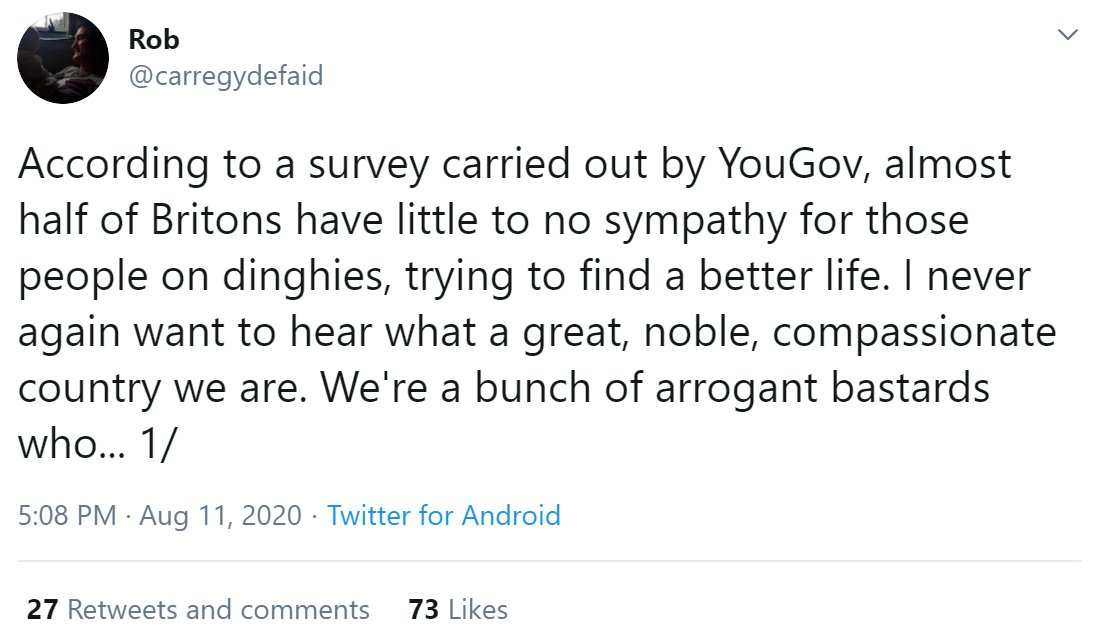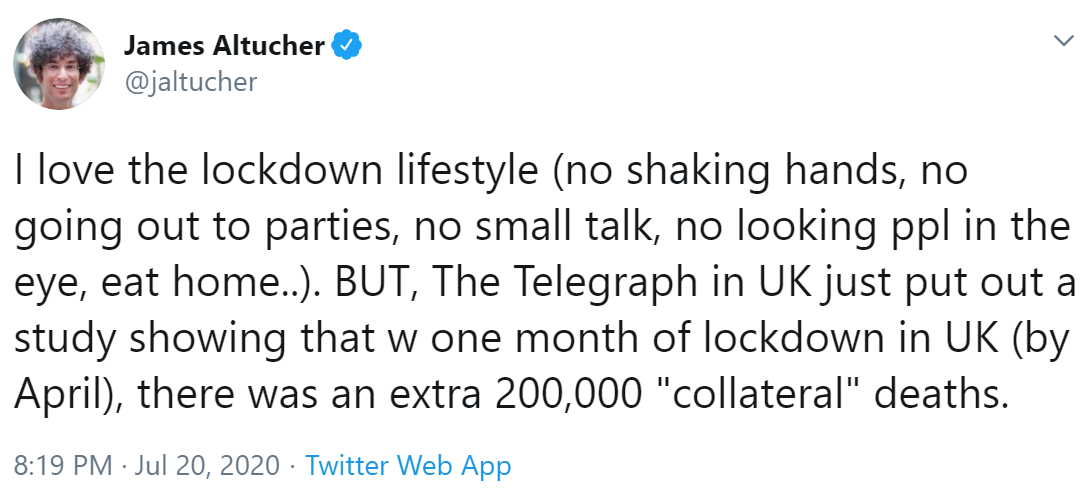
There were a few people about a little earlier. A group of guys, playing football on Piccadilly Circus.
A few weeks ago there were often police vans here, stopping people asking why they were walking there. Feels much more relaxed already.
A few weeks ago there were often police vans here, stopping people asking why they were walking there. Feels much more relaxed already.

In August last year, 17 year old Jeremy Menesses was stabbed and died at Market Place, just off Oxford Street.
This shrine to him is still there. Tonight, someone had been and lit all of the candles.
This shrine to him is still there. Tonight, someone had been and lit all of the candles.

On Endell Street, someone has made a memorial to my friend Kelly who died recently.
The rain had got to it, but it has been rebuilt and is quite beautiful in its way.
RIP, Kelly.
The rain had got to it, but it has been rebuilt and is quite beautiful in its way.
RIP, Kelly.

• • •
Missing some Tweet in this thread? You can try to
force a refresh


























